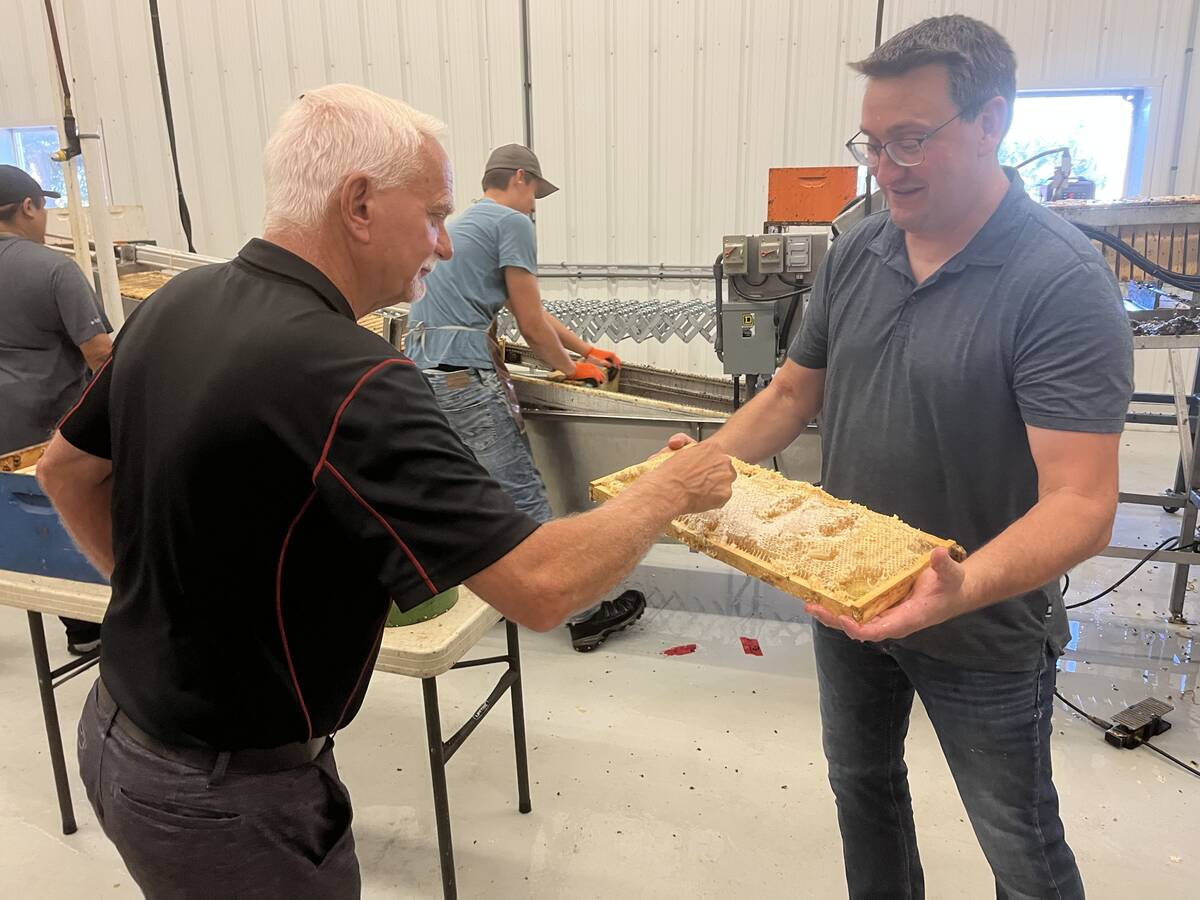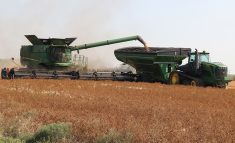Q: Could you outline the steps in a civil lawsuit?
A: While the steps followed in a civil trial vary from province to province, I am outlining in a general way the procedures common to most provinces. I shall use the hypothetical example of Lace Farms Ltd. that bought a purebred bull from Janis Farms.
Janis tells Lace that the bull has been evaluated by a veterinarian for breeding soundness and in the vet’s opinion the bull was fertile and a good breeding candidate. None of Lace’s cows end up pregnant and Lace has no calves the next year. Janis offers Lace a
Read Also

Alberta honey business ‘thrives’ despite bumpy beginnings
Thrive Honey showcases its honey production in market where Alberta produces 40 per cent of all honey produced in the country
refund but refuses Lace’s claim for damages for a lost crop of calves. Lace decides to take legal action.
What happens?
Lace will consult his lawyer, who will write to Janis outlining the loss Lace has suffered and seek damages. Janis’ lawyer will probably write back denying damages. Sometimes, there will be no discussion between lawyers and a statement of claim will be issued, which is the first step in a lawsuit. This document will set out Lace’s complaint, the legal grounds on which the complaint is based and the remedy Lace seeks.
Janis will file a statement of defence within a certain number of days – in Saskatchewan within 20 days. In reality, Janis’s lawyers may ask for
extensions.
In some instances, before filing the defence Janis’s lawyers may ask for more detail about the claim. For example, they might ask for further details on Lace’s loss.
The statement of defence will set out why Janis
believes he is not required to pay damages. For example, it might argue that his contract was clear that in event the bull was not able to perform, the only liability was to refund the purchase price. Or it might argue that the failure was not due to the bull, but rather due to disease infecting Lace’s herd.
Each party then has the right to ask the other to produce a statement of documents, which is a list of documents that each side will rely on in making their case. The parties will conduct “examinations for discovery.”
This is a procedure under which the chief witness is questioned under oath by the other side. Thus the owner of Lace will be questioned by Janis’s lawyer. This procedure takes place in front of a court reporter, but there is no judge present.
The rationale for the production of documents and the examination for discovery is to give each side an opportunity to determine the other side’s case.
Unlike TV dramas, there are no surprises. After this, the matter would be set for trial.
At this stage, there are variances between provinces. In many, a pre-trial conference is held with a judge. The purpose is to see if the matter can be settled without a trial and second, to narrow down the issues in dispute and shorten the trial.
In some provinces, the parties must attempt to resolve their dispute with the help of a mediator before they can proceed to trial.
At the trial, each party will present its case by calling witnesses and producing relevant documents. Occasionally, the parties might agree on the facts and ask the court to rule on legal issues.
To shorten the trial, Lace and Janis could agree that Lace bought a bull from Janis, that the bull did not impregnate any cows and ask the court to decide whether Lace was entitled to damages.
Most Queen’s Bench civil trials are heard without a jury. However, in certain instances a jury can be requested by one of the parties. A civil jury is composed of six members. In most provinces, the party asking for the jury must pay for the costs of the jury.
Following the trial, the judge will give a judgment. In some cases, it might be an oral judgment at the conclusion of the case.
Other times, the judge might render an oral judgment and provide written reasons later.
Most often, the judge will reserve the
decision and provide a written ruling later, after the case has been reviewed.
Next week: after the judgment.
















